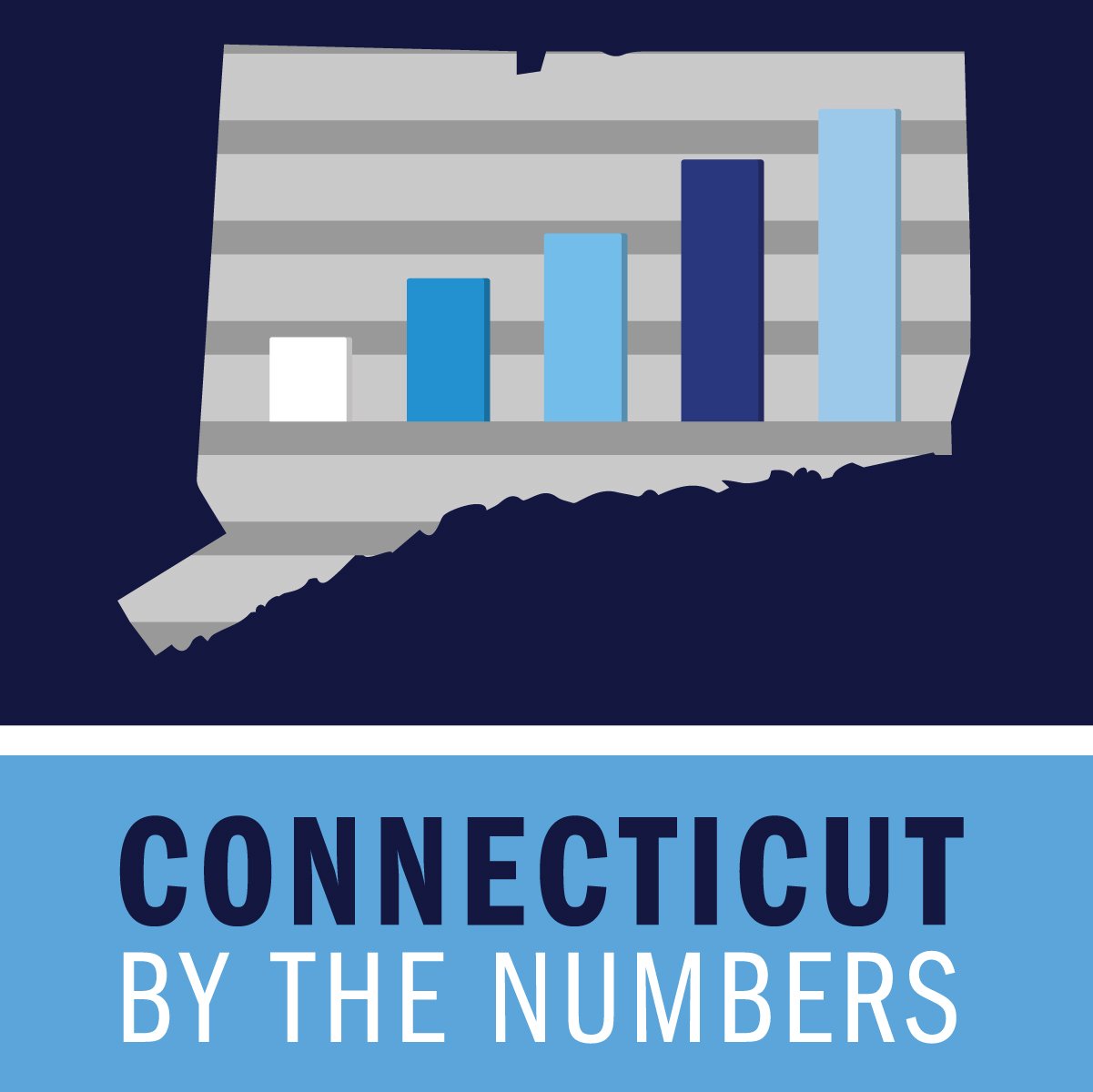Museums Have Significant Impact on State, National Economy, Report Concludes
/Museums in Connecticut had a one-year total financial impact on Connecticut’s economy of $834 million, providing $556 million in income via wages and other income to state residents, generating $223.5 million in taxes (including $77.5 million in state and local taxes), and supporting just over 10,200 jobs – including 5,400 direct jobs, 1,877 indirect jobs and nearly 3,000 induced jobs.
The data was compiled as part of a national report, Museums as Economic Engines, compiled the Alliance of American Museums. The report indicates that nationwide, museums support 726,000 jobs in the United States, and directly employ 372,100 people, more than double that of the professional sports industry, according to the Bureau of Labor Statistics, the Alliance points out.
The study, conducted by Oxford Economics with the support of the Andrew W. Mellon Foundation, shows that for every $100 of economic activity created by museums, an additional $220 is created in other sectors of the US economy as a result of supply chain and employee expenditure impacts, according to the report. The data analyzed was from calendar year 2016, the most recent full year of data available.
These impacts mean that museums contribute approximately $50 billion to the US economy each year, a number that’s more than twice previous estimates, according to the Alliance. The report is also the first to show that US museums generate more than $12 billion per year in tax revenue to federal, state, and local governments.
 The report estimated that there are 372,100 museum workers employed in the US along with 3 million volunteers. It also indicated that 89 percent of Americans believe that museums provide important economic impacts back to their communities, according to a public opinion survey conducted in 2017.
The report estimated that there are 372,100 museum workers employed in the US along with 3 million volunteers. It also indicated that 89 percent of Americans believe that museums provide important economic impacts back to their communities, according to a public opinion survey conducted in 2017.
Nationally, the museum field’s largest economic impact is on the leisure and hospitality industry (approximately $17 billion), but it also generates approximately $12 billion in the financial activities sector and approximately $3 billion each in the education/health services and manufacturing sectors.
The top 10 states driving this impact are geographically diverse and account for 57 percent of the gross value added to the national economy. States with the highest economic impact from the museum sector included California ($6.6 billion), New York ($5.4 billion), and Texas ($3.9 billion). However, those that rely most heavily on museums due to their relatively higher concentration, the report indicated, include the District of Columbia, Hawaii, Wyoming, and Alaska.
In breaking down the jobs impact of museums, direct impact refers to direct employment and spending by the industry’s business operations; indirect impact includes supply-chain effects, stemming from industry’s operations (e.g. legal services, utilities, etc.) and induced impact describes the impact resulting from employees spending their incomes in the economy.
The American Alliance of Museums (AAM), founded in 1906, now represents more than 35,000 professionals and volunteers, institutions, and corporate partners in the sector.





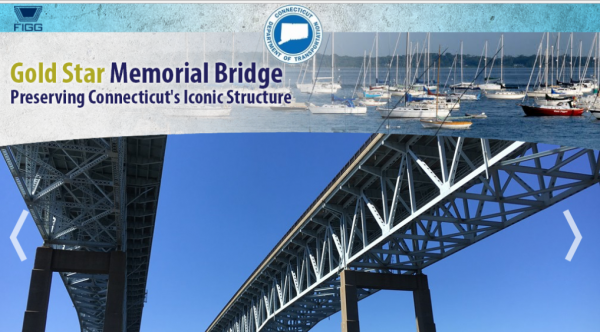 The Gold Star Memorial Bridge, described as “Connecticut’s most iconic structure,” is the largest bridge in the State of Connecticut. It is 6,000 feet long and over 150 feet tall at the center span. The bridge is actually a pair of steel truss bridges that span over the Thames River, between New London and Groton, according to the project website.
The Gold Star Memorial Bridge, described as “Connecticut’s most iconic structure,” is the largest bridge in the State of Connecticut. It is 6,000 feet long and over 150 feet tall at the center span. The bridge is actually a pair of steel truss bridges that span over the Thames River, between New London and Groton, according to the project website.
 “Repairs and maintenance of the bridge’s structural steel includes steel girder end repairs, bolt replacements, and bearing replacement and maintenance. Repairs to the substructure include concrete repairs and crack sealing,” the website explains.
“Repairs and maintenance of the bridge’s structural steel includes steel girder end repairs, bolt replacements, and bearing replacement and maintenance. Repairs to the substructure include concrete repairs and crack sealing,” the website explains.
 The deadline for submission for the 2018 Connecticut Book Awards is April 20, 2018. Finalists will be announced in September and winners announced in October. For more information, visit:
The deadline for submission for the 2018 Connecticut Book Awards is April 20, 2018. Finalists will be announced in September and winners announced in October. For more information, visit: 

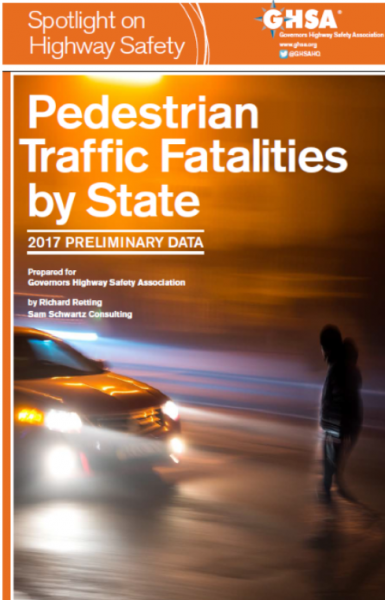
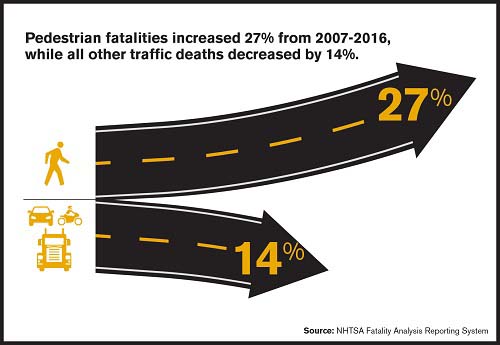 The total number of multimedia messages sent has more than tripled since 2010. The report also suggests a possible link with marijuana use. According to the report, the seven states (Alaska, Colorado, Maine, Massachusetts, Nevada, Oregon, Washington) and DC that legalized recreational use of marijuana between 2012 and 2016 reported a collective 16.4 percent increase in pedestrian fatalities for the first six months of 2017 versus the first six months of 2016, whereas all other states reported a collective 5.8 percent decrease in pedestrian fatalities.
The total number of multimedia messages sent has more than tripled since 2010. The report also suggests a possible link with marijuana use. According to the report, the seven states (Alaska, Colorado, Maine, Massachusetts, Nevada, Oregon, Washington) and DC that legalized recreational use of marijuana between 2012 and 2016 reported a collective 16.4 percent increase in pedestrian fatalities for the first six months of 2017 versus the first six months of 2016, whereas all other states reported a collective 5.8 percent decrease in pedestrian fatalities.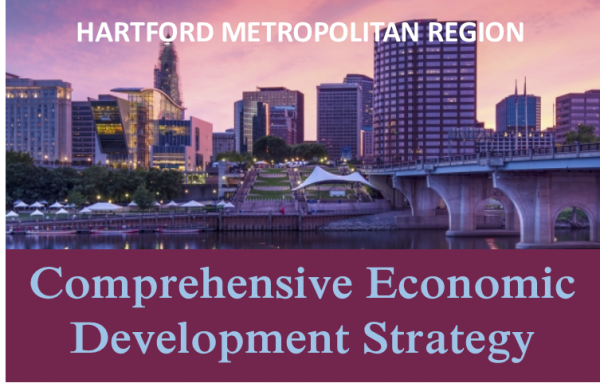
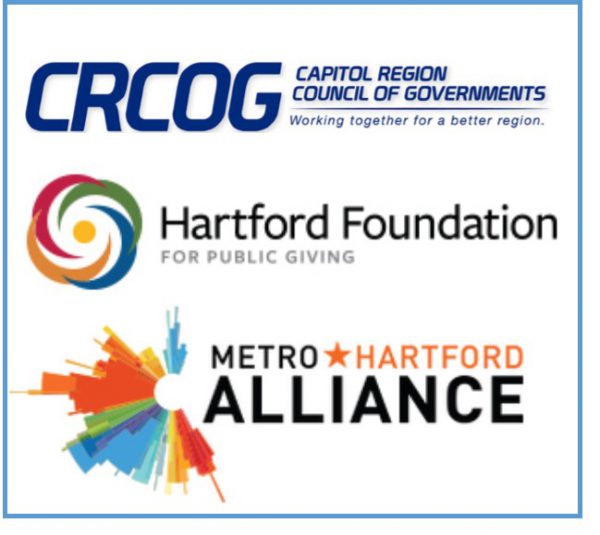
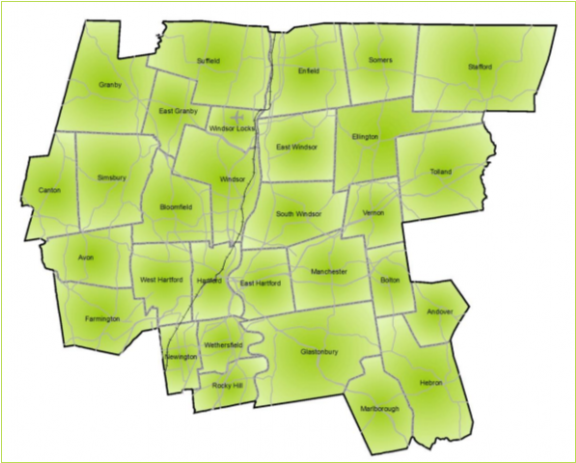 “There is only one way our region will achieve equitable and sustainable economic growth. We must eschew the past squabbles and divisions that have kept us mired in anemic progress,” said Jay Williams, president of the Hartford Foundation and co-chair of the CEDS Advisory Committee. “If we commit to a bold, collaborative, and pragmatic approach, we can develop a roadmap to capitalize on the enormous talent and multiple assets our region possesses. I’ve seen the success of this approach in other parts of the country and there is absolutely no reason it can’t occur here, unless we lack the collective will to make it happen.”
“There is only one way our region will achieve equitable and sustainable economic growth. We must eschew the past squabbles and divisions that have kept us mired in anemic progress,” said Jay Williams, president of the Hartford Foundation and co-chair of the CEDS Advisory Committee. “If we commit to a bold, collaborative, and pragmatic approach, we can develop a roadmap to capitalize on the enormous talent and multiple assets our region possesses. I’ve seen the success of this approach in other parts of the country and there is absolutely no reason it can’t occur here, unless we lack the collective will to make it happen.”

 The move comes just under four years after MassMutual
The move comes just under four years after MassMutual 



























